How to Plan the Perfect Multi-island Trip to Hawaii
These eight tips will help you travel between Hawaii's islands with ease.
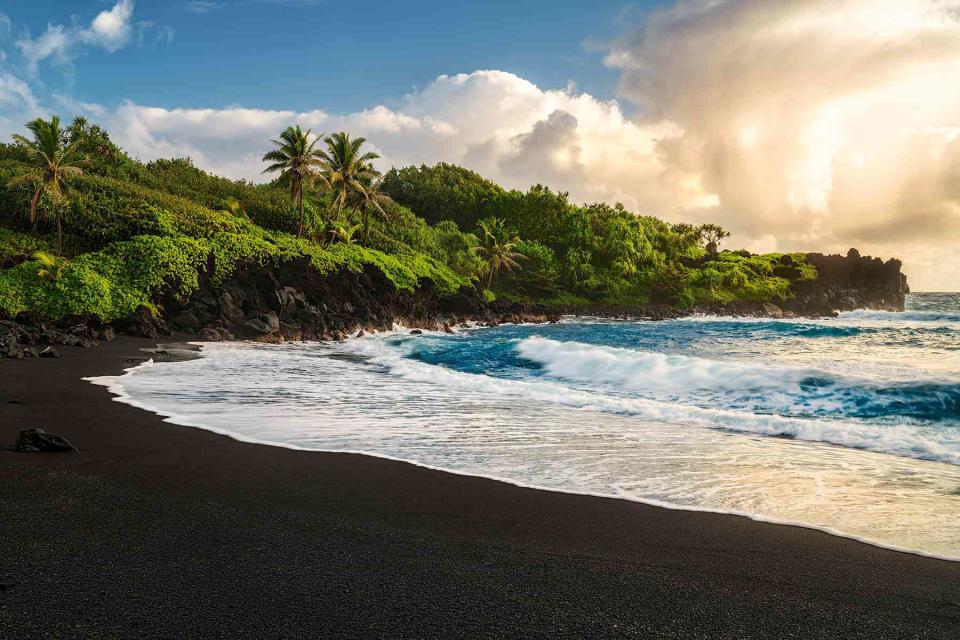
Matt Anderson Photography/Getty Images
The Hawaiian archipelago includes more than 100 islands, atolls, and islets. But if you’re planning a visit, don’t worry, as you need not plot a 100-island itinerary. With the majority of the islands uninhabited and inaccessible, you can focus on four of the eight largest islands: Kauai, Oahu, Maui, and the Island of Hawaii (often referred to as the Big Island), with the option to add on a few others.
Here are some tips for planning an epic multi-island trip to Hawaii.
Determine travel dates and destinations.
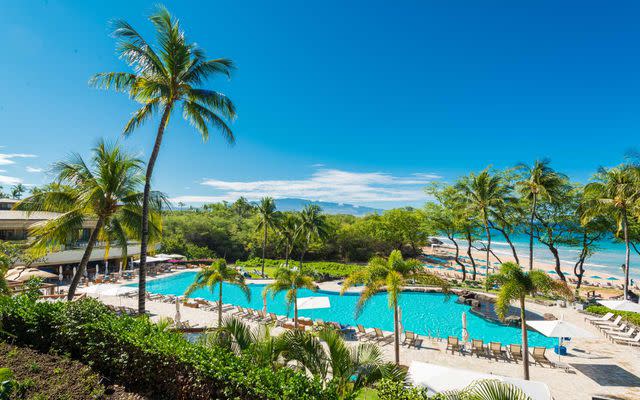
Ideally, you should spend at least one week on each of the four islands. But if you don’t have a full month, plan for four to five days per island, then choose one or two regions within each.
Make a list of things you want to do in order of importance. This will help you determine where to base yourself on each island and what to eliminate if needed. For example, if sleeping near an active volcano and night snorkeling with manta rays are two activities topping your list, book a couple of nights at the historic Volcano House — the only lodging within Hawaii Volcanoes National Park — on the Hilo side of the Island of Hawaii and a few nights at Mauna Kea Resort or The Westin Hapuna Beach Resort on the Kona side, where you can join a guided small group night snorkel with Manta Ray Advocates.
Don’t forget to factor in flight and drive times. Although some islands appear small on the map, weather, road conditions, and traffic can impact overall travel time.
Also, consider when to go. Hawaii has microclimates, so weather can vary, but in general, summer is warm with minimal rainfall. This is ideal for beach lovers, but it’s also one of the peak travel times, with families visiting during summer break. Expect higher rates and larger crowds during this time, as well as the weeks surrounding major U.S. holidays such as Easter, Thanksgiving, Christmas, and New Year’s.
You may find lower rates and thinner crowds during the winter (with the exception of the holiday season), but the colder months are generally wetter, so if you’re traveling to Hawaii from November through March, be prepared for cooler temperatures, rain, and possible road closures and activity cancellations. The shoulder seasons from March to May (excluding spring break and Easter) and September to October tend to have comfortable weather conditions and slightly fewer crowds than peak seasons.
Identify your travel style.
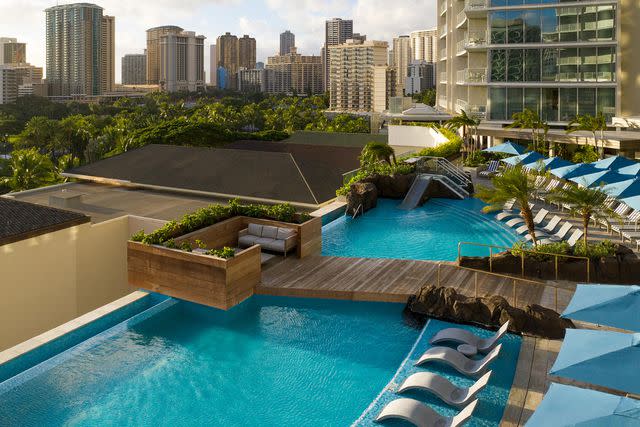
Some travelers crave leisurely days at the beach, while others prefer an action-packed itinerary. Some gravitate toward lively, larger cities, while others enjoy slower-paced small towns. Discuss your expectations and interests with your travel companions so you can hone in on the regions, tours, and hotels best suited to you.
Do your research. I often hear visitors comment that Oahu is "too busy," yet they haven't ventured beyond Honolulu. Honolulu is the capital city and home to about one million people, so yes, it’s busy. Find an oasis amidst the chaos: With convenient locations, Espacio and The Ritz-Carlton Residences, Waikiki Beach are tranquil retreats in the city. Or, if you’re not interested in the urban experience at all, skip the capital and head elsewhere on Oahu.
You might be tempted to schedule every hour of your itinerary in order to make the most of your trip, but don’t overbook. Allow time for rest, and aim for balance, so you don't wind up exhausted. Follow an active day of touring with some leisure time or a spa treatment.
Plan your route.
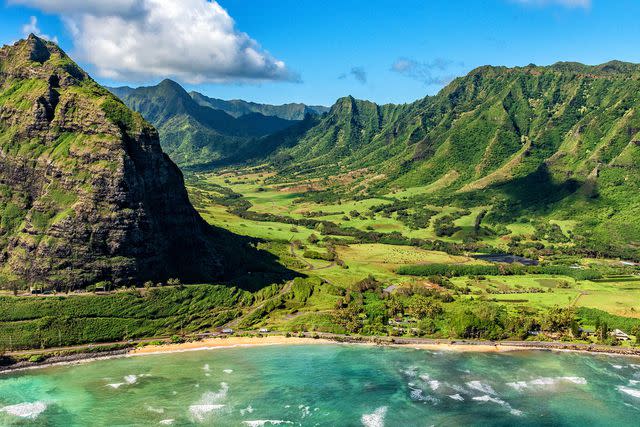
Art Wager/Getty Images
Although you can start and end wherever you choose, it’s wise to look at flight schedules to plot an efficient route. Kauai is in the northwest, and the Island of Hawaii is in the southeast, so starting in Kauai and traveling southeast — to Oahu, Maui, and then the Island of Hawaii — makes sense logistically. It also provides variety, from the slower pace of Kauai to a mix of urban adventures and cruising the countryside on Oahu and Maui. You'll end with a bang on the Island of Hawaii, where you can feel the energy of volcanic activity. In this case, you’ll also be following the order in which the islands were formed, so it’s a great way to experience them from oldest to youngest and observe the geological evolution along the way.
When booking flights, consider multicity rather than a round-trip option. If you’ll be traveling the Kauai to the Island of Hawaii route suggested above, you can arrive in Kauai, book onward interisland flights to Oahu, Maui, and the Island of Hawaii, then depart from Kona. Keep in mind that some interisland flights are not direct and may require a stopover in Honolulu or Kahului, for example, so be sure to check before booking. You can often secure direct interisland flights by choosing one that departs earlier in the day.
Enlist the help of experts.
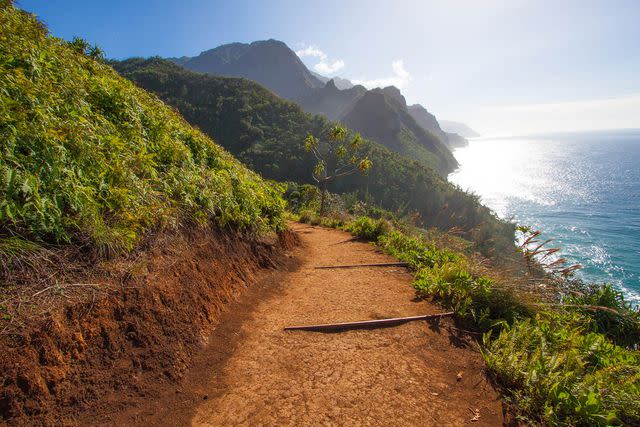
Alec Fuller /Getty Images
While you can travel around the islands on your own, we recommend booking some guided experiences. Native Hawaiian guides and cultural practitioners, in particular, offer personal stories and context that will give you an entirely different — and much richer — experience. Plus, by booking with Native Hawaiian experts, you’re supporting the perpetuation of Hawaiian culture.
Many hotels, like ‘Alohilani Resort and Waikiki Beach Marriott Resort & Spa on Oahu and Ka’anapali Beach Hotel on Maui, are increasingly providing complimentary, Native Hawaiian-led activities that include hula, Hawaiian language lessons, lei-making sessions, and sunrise ceremonies. Other properties, like Timbers and Kukui’ula on Kauai, offer farm tours to acquaint guests (and their taste buds) with the abundance of plants and produce grown there. Some hotels, including Halekulani, provide private tours or discounted or free entrance to local sites of significance such as Bishop Museum, Iolani Palace, and Shangri La Museum of Islamic Art, Culture, and Design. Be sure to ask about these offerings prior to booking your hotels.
When it comes to physical activities such as hiking, guided tours with reputable operators like Kauai Hiking Tours help ensure your safety. And in some cases, a guided tour can afford access to extraordinary places, like Hualalai crater, a sacred site located on private land that only two tour operators — Uluha'o O Hualalai and Hawaii Forest & Trail — have permission to reach. (For a beachside stay nearby, check out Four Seasons Resort Hualalai).
Some expert-led trips from operators such as Kailani Tours can also help you maximize your time by bringing you to a variety of sites in one day, allowing you to enjoy the ride rather than worry about logistics and navigation.
Make reservations.
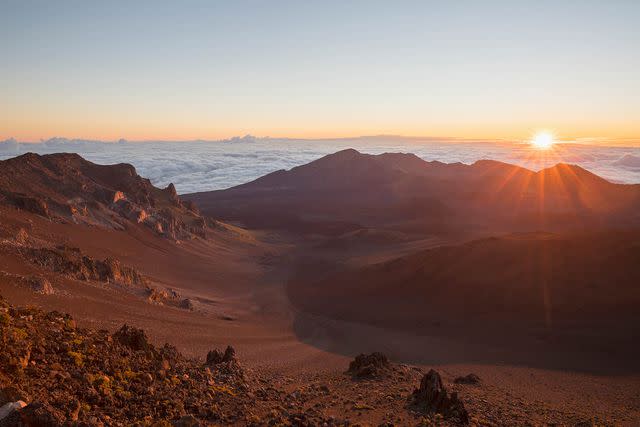
Westend61/Getty Images
Many popular places such as Hanauma Bay on Oahu now require reservations, and popular tours, including sunrise at Haleakalā on Maui and sunset at Mauna Kea on the Island of Hawaii, often sell out, so it’s best to book as far in advance as possible. Arnott’s Adventures offers sunset and stargazing tours from Hilo, and if you’re on the Kona side, check out Hawaii Forest & Trail’s Summit & Stars Give Back Experience.
You should also secure dinner reservations so you don’t miss out on your top choices or waste time waiting for a table. And don’t forget car rentals for each island, too; these do sell out and — with the exception of Honolulu, where shuttles, public buses, and ride-share options are available — it can be difficult and expensive to get around without your own wheels.
Pack your bags.
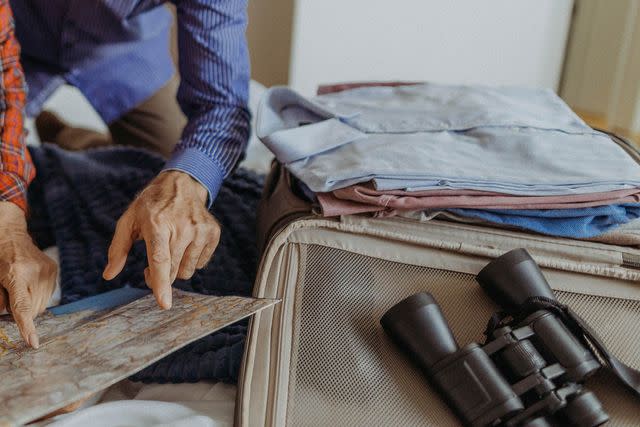
milan2099/Getty Images
One of the biggest mistakes people make when traveling to Hawaii is assuming it’s always sunny and warm. If you’re planning to visit multiple islands, you’ll likely encounter a variety of microclimates and changing weather conditions. Come prepared with layers and appropriate footwear for your activities, and always pack a rain jacket.
Bring binoculars, too, to get a better view of wildlife such as endemic birds and migrating whales, as well as dynamic landscapes. If you’re fortunate enough to witness volcanic activity, you’ll be happy to have these on hand for a close-up view of bubbling lava. Some tours do include outdoor gear and equipment; inquire when booking.
Consider additional islands.
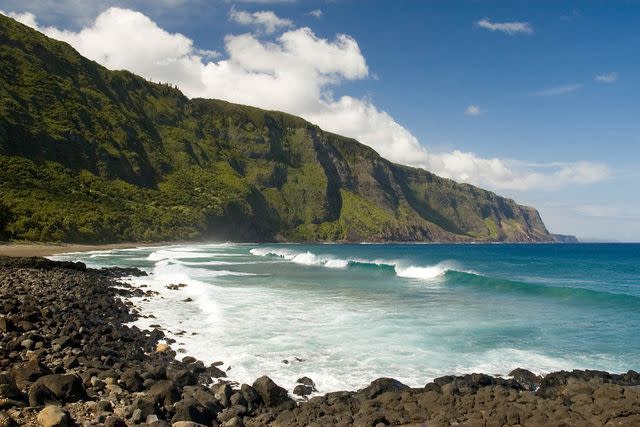
John Elk/Getty Images
If you have time and want to add another island to your trip, there are a few options available to visitors. You can take the ferry from Maui to Lanai for a day trip or spend a night or two and sink into that relaxed island life.
If you’re interested in visiting Kalaupapa National Historical Park on Molokai, allow a few extra days. Keep in mind that flights to Molokai are limited, and as the island is home to vulnerable kupuna (elderly people), it's slowly reopening to visitors since the pandemic started.
If you prefer a private tour to a neighboring island, Four Seasons Resort Maui at Wailea can charter a yacht or helicopter from Maui to Lanai or Molokai.
Although you’re not permitted to step ashore on Ni'ihau, the “Forbidden Island,” without an invitation, you can snorkel the waters nearby on a Holo Holo Charters Super Tour.
Travel with aloha.
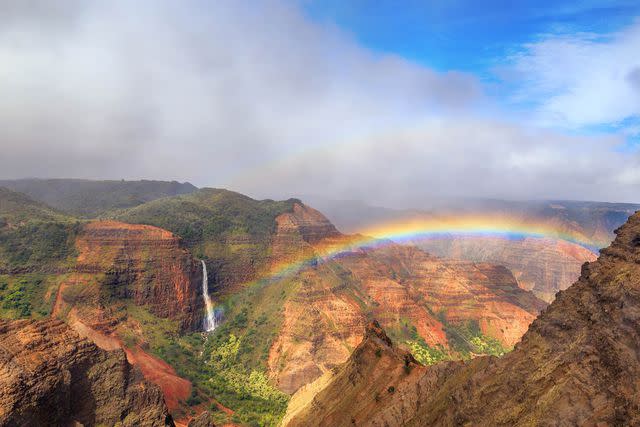
rebelml/Getty Images
For you, Hawaii may be a dream destination. For those who live here, it's home and, for many, sacred. Travel with respect: Stay on marked trails, don’t enter private property, obey warnings (from posted signs, lifeguards, and law enforcement), and be mindful that the environment is fragile and the land has cultural, spiritual, and ecological significance.
Be flexible, too. Don’t be attached to a particular expectation or activity. Sometimes, plans change due to weather (like that time I flew to Kauai to see the famed cliffs of the Nā Pali Coast and colors of Waimea Canyon, only to find it all covered in clouds and fog). If you’re lucky enough to visit Hawaii, embrace the unexpected, stay present, and aim to enjoy the experience — rain or shine.
For more Travel & Leisure news, make sure to sign up for our newsletter!
Read the original article on Travel & Leisure.

